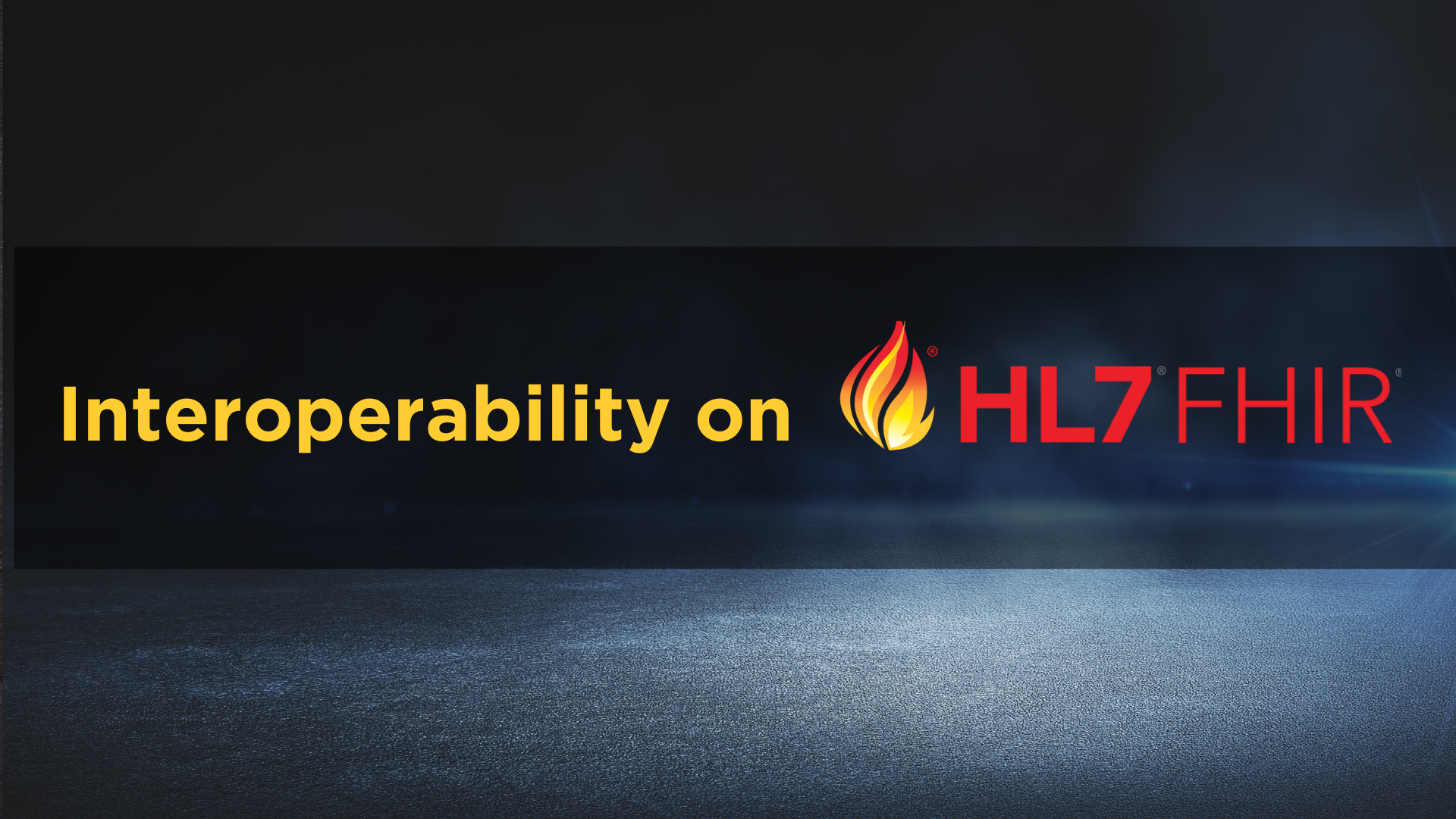
Sessions at HIMSS21 Offer Glimpses into Progress, Potential New Uses for the Standard
After a hiatus of nearly 18 months, a slimmed-down, COVID-sensitive HIMSS 2021 Conference still managed to provide extensive insights into several major trends within the healthcare IT industry.
Along the dual tracks of federal regulations forbidding information blocking and the need for improved data exchange to facilitate, there were many discussions about the capabilities of HL7® Fast Healthcare Interoperability Resources (FHIR®) to support the industry.
The HL7 FHIR community had opportunities at the conference’s Interoperability Showcase to update the industry on dramatic progress by its accelerator groups to advance the use of FHIR in areas where data exchange is essential.
For example, a session on the main stage at the Interoperability Showcase allowed accelerator luminaries to share about some of the progress, and long-term goals, for various initiatives. Among those presenting at the session, Igniting Interoperability with the HL7® FHIR® Accelerators, were representatives of the Da Vinci Project, The CARIN Alliance and the Gravity Project. They demonstrated wide support for FHIR, as HIMSS, ONC and CMS have been showcasing the use of FHIR and its implementation guides in real-world settings.In real-world potential, FHIR and its intersection with information blocking was featured in the closing session of the Interoperability and HIE Symposium on Monday, August 9. The CARIN Project’s Ryan Howells explained how FHIR was looking to provide part of the solution for healthcare organizations, although the impact of the federal regulation still looms large over the industry because of the lack of guidance on enforcement, as well as significant privacy and security concerns.
Other sessions invoked the potential of FHIR in solving vexing healthcare challenges. For example, John Moehrke, Architect for Healthcare Informatics Standards for By Light Professional IT Services, suggested a framework by which FHIR could be used to support care plans that enhance patient outcomes, patient conformance and lower overall clinician impact through intelligent software agents. His presentation explored how this might look at a patient portal, like VA's My HealtheVet.
Moehrke suggested that patients would benefit by being actively encouraged and automatically tracked, with tasks prepared and results viewable. The benefit to the clinician would be that software agents could track patient progress and would allow clinicians to focus their attention on those patients who need extra help.
HIMSS21 highlighted that as interoperability and industry collaboration continue to grow as key trends in healthcare, FHIR gains more awareness to appropriately use it to achieve demonstrable results.


